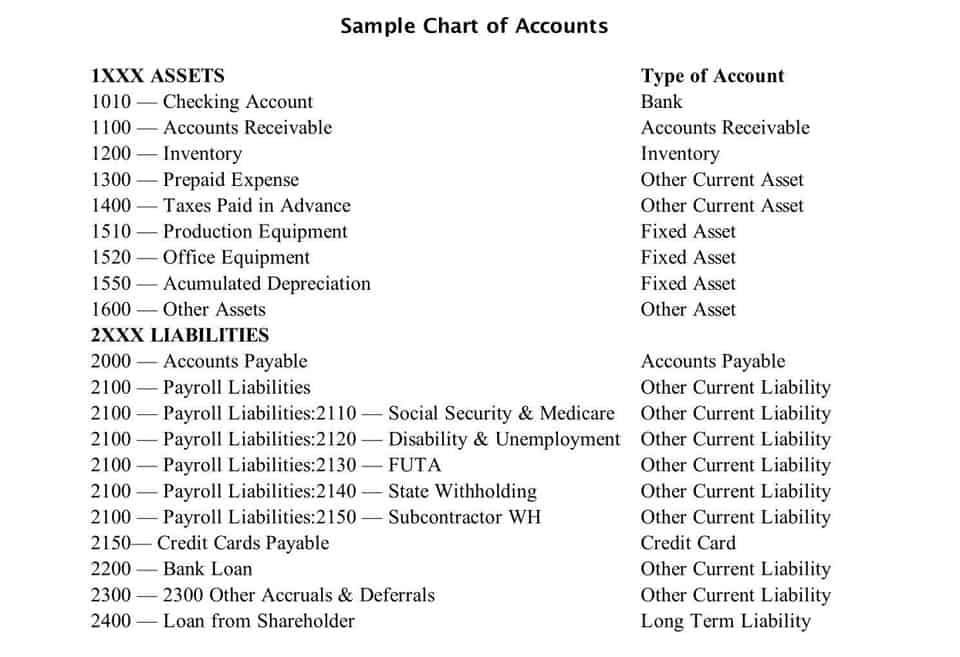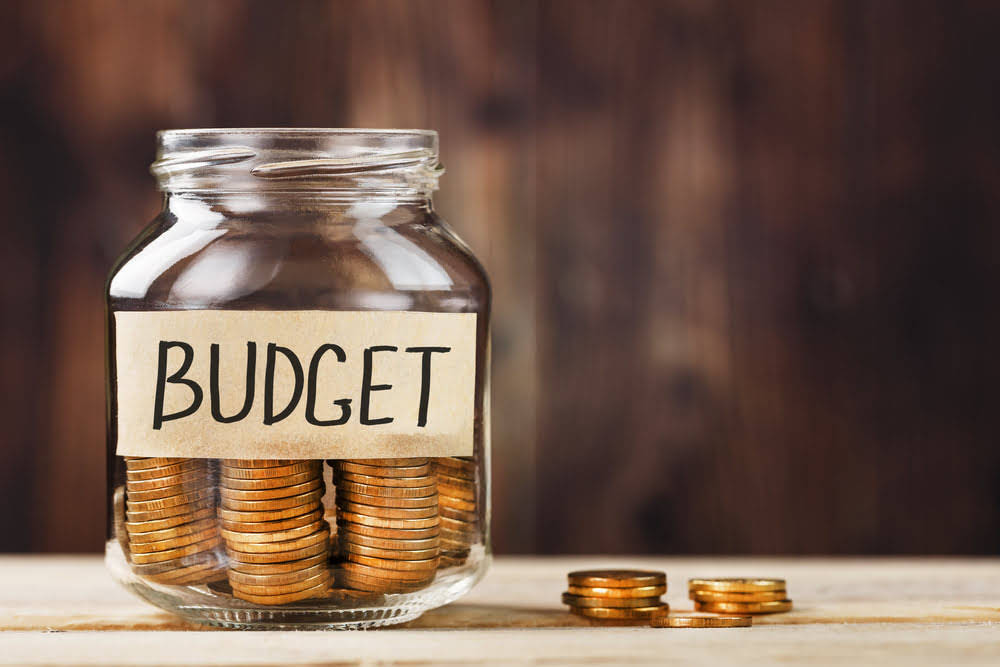
By delving deep into these reports, interior designers can make strategic decisions, ensuring their business thrives and adapts in a dynamic marketplace. Take control of your business finances with confidence! Our detailed brochure provides insights into how Remote Books Online can help you maintain accurate bookkeeping, stay tax-ready, and make informed financial decisions. Discover how our tailored bookkeeping services can support your business growth and simplify your financial management. Daily bookkeeping is essential for organizing income, expenditures, bank statements, and other financial documents.
Tax Acts
It entails keeping a detailed log of any alterations or updates made to financial documents. By preserving a chronological record of these changes, one ensures the authenticity and accuracy of the data. This meticulous approach not only safeguards the integrity of financial records but also proven invaluable during formal audit reviews, substantiating the veracity of each transaction. Take a moment to reflect on your current bookkeeping situation. If it’s causing more headaches than a client who changes their mind frequently, it might be time to call in reinforcements. Your future (financially organized) self will thank you.
- Categorize your income based on the chart of accounts you set up earlier.
- Also, if you have enough work or enough money in the bank, you’ll find that focusing on your business is a better use of your time.
- If your Interior Design business collects sales tax, Quickbooks can accurately track this for you too.
- Generating accurate bookkeeping records lets banks feel confident about the stability of your company and you can take advantage of various schemes available.
- This invoice covers the cost of goods or service fees.
- It allows them to make informed decisions, manage cash flow, and stay on top of project costs.
Grabbing tax deductions:

By examining historical data, you can understand where your business is headed and how it performs over time. Analyzing your firm’s financial statements helps you identify financial mistakes or inaccuracies, such as underbilling or overpaying for services. Additionally, you can accurately pinpoint the seasonality of your business, allowing you to capitalize on peak periods and improve decision-making regarding operations and finances.
Product Sourcing and Specification Tools: A Designer’s Best Friend

You want freedom, impact, and a business that works for you, not against you. Project management tools are the backbone of successful What is bookkeeping interior design businesses. These digital powerhouses do more than just organize tasks; they’re the foundation of a streamlined operation. Maintaining detailed records and utilizing cloud backups for documentation ensures easy access for audits or consultations with CPAs.
It allows them to make informed decisions, manage cash flow, and stay on top of project costs. With these benefits in mind, let’s explore the key components of bookkeeping for interior designers. Bookkeeping is crucial for any business, and interior design is no exception. As an interior designer, you need to track your income, expenses, and project costs . Understand your financial situation, make informed business decisions, and follow tax regulations. When creating your chart of accounts, consider the specific needs of your interior design business.
Personal and Business Account
- This is essential to keep the Internal Revenue Service (IRS) informed of all the expenses, incomes, and profits of your interior design business.
- A well-structured budget sets your firm up for success and helps avoid unexpected financial hurdles caused by instability or poor planning.
- You record income when it’s earned and expenses when they’re incurred, even if no cash has moved yet.
- Neglecting to log hours accurately can lead to financial losses.
You can create projects in QuickBook and link them to customers to track income, expenses, and profitability for each client or design job. After setup, create tax rates for each province or jurisdiction where you operate. Assign these rates to invoices and sales receipts to automatically calculate taxes. Regularly review reports under the “Taxes” tab to track collected taxes and ensure timely filing with tax authorities. Proper setup saves time and minimizes errors, keeping your interior Insurance Accounting design business organized and compliant.


Watch as your design comes to life before their eyes. It’s not just about impressing clients; it’s about ensuring everyone is on the same page before the first design element is put in place. It keeps your tasks organized and invoices pristine, streamlining your workflow so you can focus on what you do best – creating spaces that inspire. So, I challenge you to take a good, hard look at how you’re valuing your time. Are you tracking every brilliant idea, every client call, every sourcing expedition?

How to Use Studio Designer to Land and Manage 6 Figure Design Projects
Behind every stunning room reveal lies a complex dance of project management, client relations, and deadline juggling. For an interior design business to thrive financially, delineating expenses into well-defined categories is crucial. By systematically grouping costs under labels like materials, labor, transportation, and administrative overheads, businesses can achieve a streamlined financial analysis.
These Trends, will shape the future
- One of the primary benefits of bookkeeping is that it allows you to track your cash flow.
- Gain clarity on cash flow, track project costs, and stay on top of your taxes with ease.
- If it’s causing more headaches than a client who changes their mind frequently, it might be time to call in reinforcements.
- Now, I’m not saying you need to become an accounting expert overnight.
- This means that while you immerse yourself in the creative end of a project, someone can take charge and guide you to make more profits doing exactly what you love.
- When you hire an electrician, a plumber, or even a contractor, you know what you’re getting yourself into.
- We can closely with clients to ensure accurate bookkeeping for interior designers by following a task schedule.
This not only entails safekeeping client invoices and retaining receipts but also diligently documenting purchases, overheads, and every other form of monetary inflow or outflow. Interior designers should strongly consider hiring a professional bookkeeper to manage their financial affairs for a bookkeeping for interior designers multitude of compelling reasons. First and foremost, a skilled bookkeeper possesses the expertise to navigate the complex world of finances, ensuring accurate record-keeping and compliance with tax regulations.

